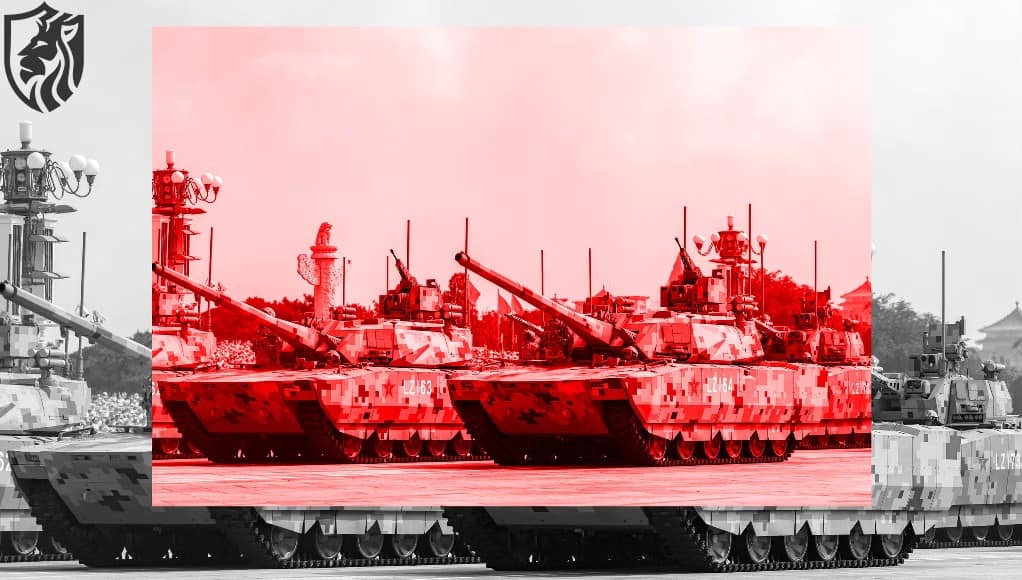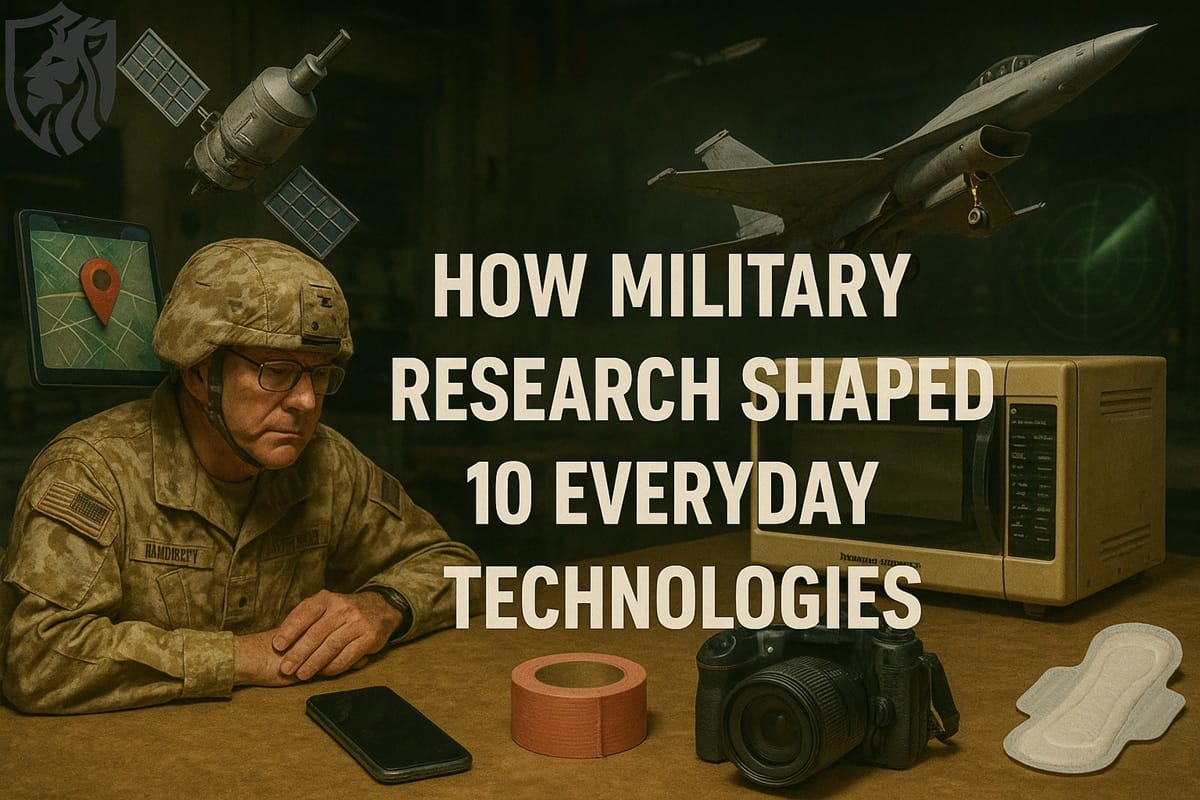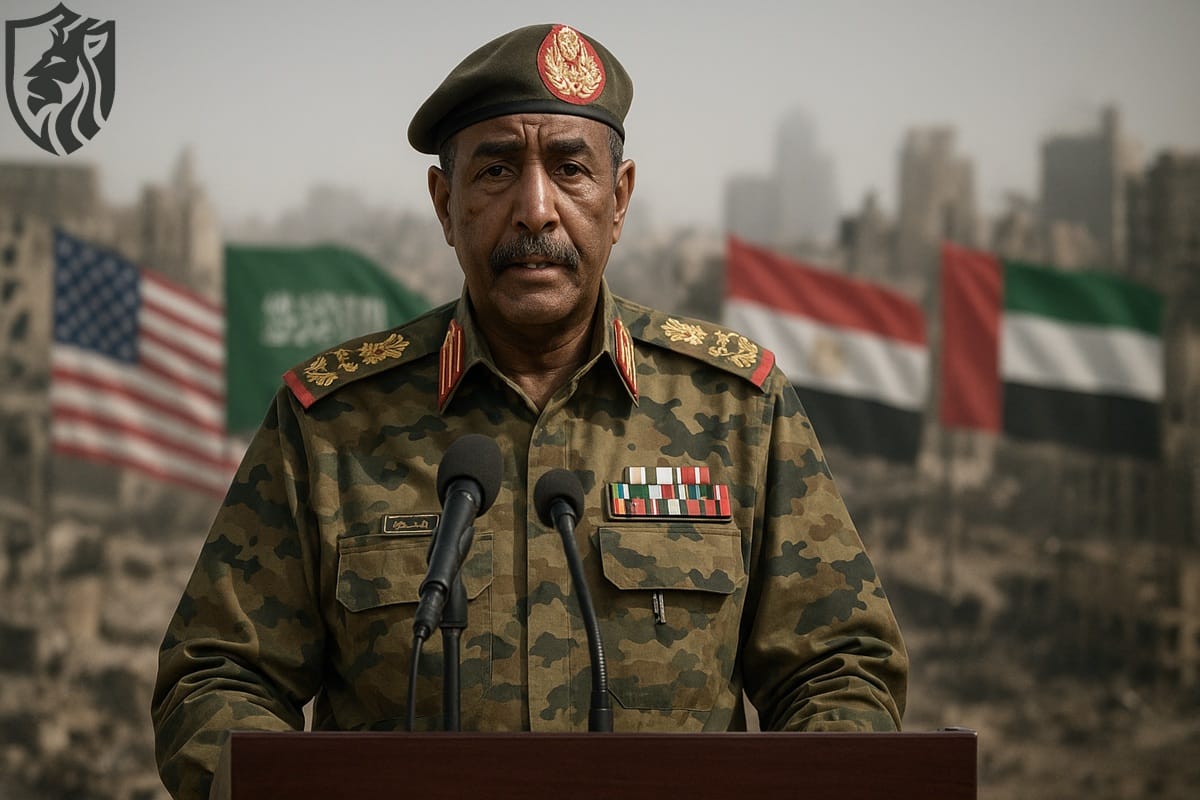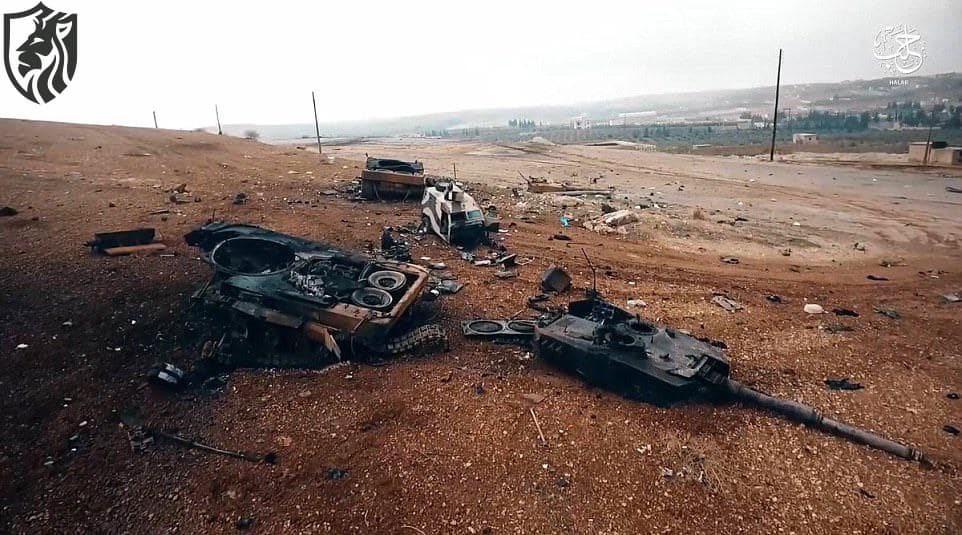
The destruction of Turkish Leopard 2A4 tanks by ISIS during Operation Euphrates Shield in Syria (2016-2017) has raised significant concerns regarding the vulnerabilities of modern battle tanks in asymmetric warfare. The Leopard 2A4, regarded as one of the most powerful tanks in the world, was expected to perform exceptionally in combat. However, ISIS exploited several weaknesses, leading to the destruction of 10 Leopard 2A4 tanks during Turkey’s military campaign in northern Syria.
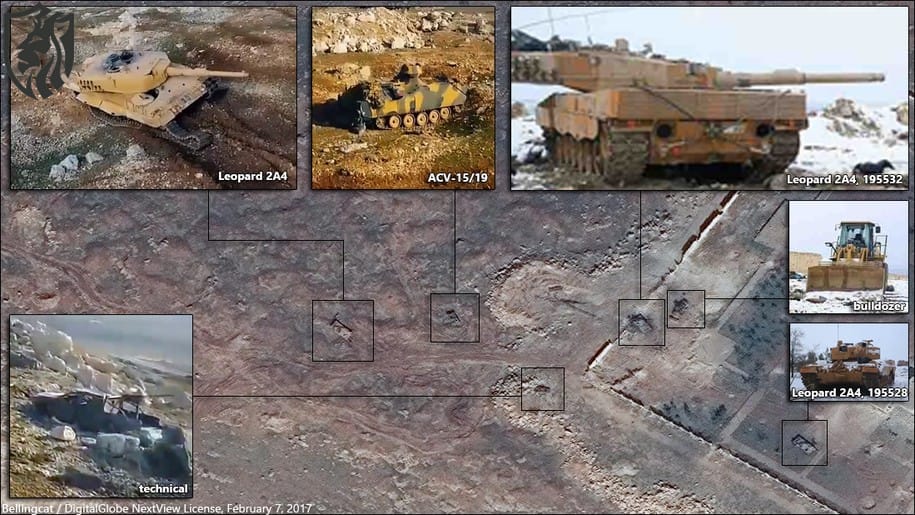
The Role of Anti-Tank Guided Missiles (ATGMs)
One of the most effective tools in ISIS’s arsenal was the anti-tank guided missile (ATGM), specifically the Kornet. This missile is designed to penetrate even the toughest armour. ISIS successfully used these missiles against Turkish Leopard 2A4 tanks, primarily targeting weak points in their armour. The Kornet ATGMs hit the sides and rear of the tanks, areas where the Leopard 2A4’s protection was less robust than the front. The ATGM’s armour-piercing capabilities made it especially effective at penetrating the tank’s defences and causing severe damage.
In urban combat environments, tanks are often at a disadvantage due to the confined spaces and multiple attack angles. The Leopard 2A4, designed for frontal assaults, was ill-suited for these conditions. The tank’s frontal armour is formidable, but urban warfare exposes it to attacks from all sides, making it vulnerable to ambushes and missile strikes.
Improvised Explosive Devices (IEDs) and Mines
In addition to ATGMs, ISIS employed improvised explosive devices (IEDs) and mines to target Turkish tanks. These weapons, strategically placed along routes used by the Turkish military, inflicted damage on the Leopard 2A4s. IEDs, in particular, were effective in disabling the mobility of the tanks, leaving them exposed to further attacks from ISIS forces. The explosive power of IEDs could severely damage the tracks and lower hull of the tank, rendering it vulnerable.

The mines placed by ISIS were similarly devastating, designed to cripple the movement of the Leopard 2A4s. While the tank was equipped with systems to detect and survive mine blasts, repeated attacks and the concentrated use of IEDs and mines by ISIS forces overwhelmed these defences.
Vulnerabilities of the Leopard 2A4 in Urban Warfare
The Leopard 2A4’s design prioritises protection against frontal assaults on open battlefields, making it a formidable opponent in conventional warfare. However, the urban combat conditions in Syria exposed the weaknesses in the tank’s design. In Operation Euphrates Shield, ISIS used guerrilla tactics and attacked from multiple directions, exploiting the tank’s weaker sides and rear armour. These vulnerabilities, combined with the Kornet ATGM’s effectiveness, led to the destruction of several tanks.
Another significant factor was the lack of upgraded protection systems on the Turkish Leopard 2A4s. Many of these tanks were not equipped with modern active protection systems (APS), which could have intercepted incoming missiles or reduced the damage from ATGMs. Without these protective measures, the tanks were more susceptible to attacks in the complex urban battlefield.
Turkish Military Tactics and the Impact on Tank Losses
Another critical issue that contributed to the losses was military tactics. Reports suggest that Turkish forces underestimated the threat posed by ISIS in the urban combat environment. The use of tanks without adequate infantry support further exposed them to ambushes and missile strikes. In urban combat, tanks are most effective when accompanied by infantry, who can clear areas and provide cover against anti-tank teams. In the absence of proper coordination, the Leopard 2A4s were left vulnerable to ISIS’s tactics.
Maintenance and Logistics Challenges
Operation Euphrates Shield also exposed gaps in Turkey’s military logistics, including the maintenance of the Leopard 2A4s. Urban warfare severely damaged the tanks, yet the frontlines often lacked maintenance and repair capabilities. The inability to recover or repair damaged tanks in time left them vulnerable to further attacks. This logistical strain worsened the impact of ISIS’s assaults, reducing the operational availability of Turkish tanks.
Lessons Learned from the Losses
The destruction of 10 Turkish Leopard 2A4 tanks during Operation Euphrates Shield highlighted several critical lessons for modern warfare. Firstly, the effectiveness of ATGMs such as the Kornet against even advanced tanks demonstrated the need for enhanced defensive systems like active protection systems (APS). This system, which can intercept or disrupt incoming missiles, is now being prioritised for tank upgrades around the world.
Secondly, the campaign demonstrated the importance of combined arms tactics in urban warfare. Tanks cannot operate effectively in isolation, especially in complex environments where enemies can strike from multiple angles. Infantry support, intelligence gathering, and logistical planning are essential to the success of armoured units under such conditions.

Conclusion: The Impact on Turkish Military Operations
The destruction of 10 Turkish Leopard 2A4 tanks by ISIS during Operation Euphrates Shield was a sobering moment for Turkey’s military. It revealed the vulnerabilities of even the most advanced tanks when deployed in urban combat without adequate preparation and support. The losses also underscored the need for upgraded protection systems and a reevaluation of military tactics in asymmetric warfare environments.
The Leopard 2A4 remains a powerful main battle tank, but the lessons learnt from Syria have prompted Turkey and other nations to consider modernising their armoured fleets and adapting their strategies to meet evolving threats posed by groups like ISIS. The war in Syria proved that urban warfare requires more than just heavy firepower—it demands a comprehensive approach to protection, tactics, and logistics.



